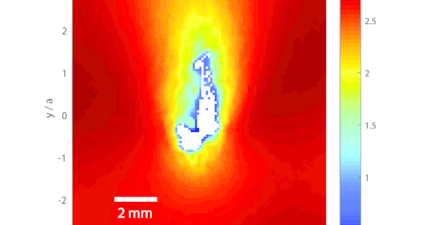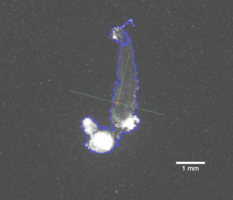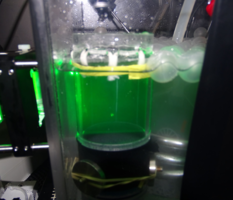Observing Marine Snow - PIV on a ship
In the wide field of PIV Applications it's always nice to see how our equipment can help you to solve problems. In this case, our friends from the MPI and MARUM in Bremen were observing "marine snow" in the challenging environment of a ship. Read more about their interesting case...

In the sunlit and nutrient rich ocean regions huge phytoplankton blooms are formed which fix atmospheric CO2 to bioavailable organic carbon. This organic carbon is the basis of a productive food web that leads to an ocean which is teeming with life. But, many organisms generate many waste products, i.e. detritus. Agglutinated by natural polymers the detritus forms millimeter sized aggregates: “Marine Snow”, which precipitates as a shower of organic matter that exports CO2 to deeper water layers. To quantify the CO2 export, it is of paramount importance to understand the sinking behaviour of marine snow which is subject of research at the Max-Planck-Institute for Marine Microbiology in Bremen. The researchers developed a flow chamber and coupled it to the ILA LPS, to visualize and investigate marine snow aggregates with sizes ranging between 500 µm und 2000 µm. A particular challenge is that marine snow is very fragile and cannot be transported; therefore, the system was optimized for ship-based measurements.




